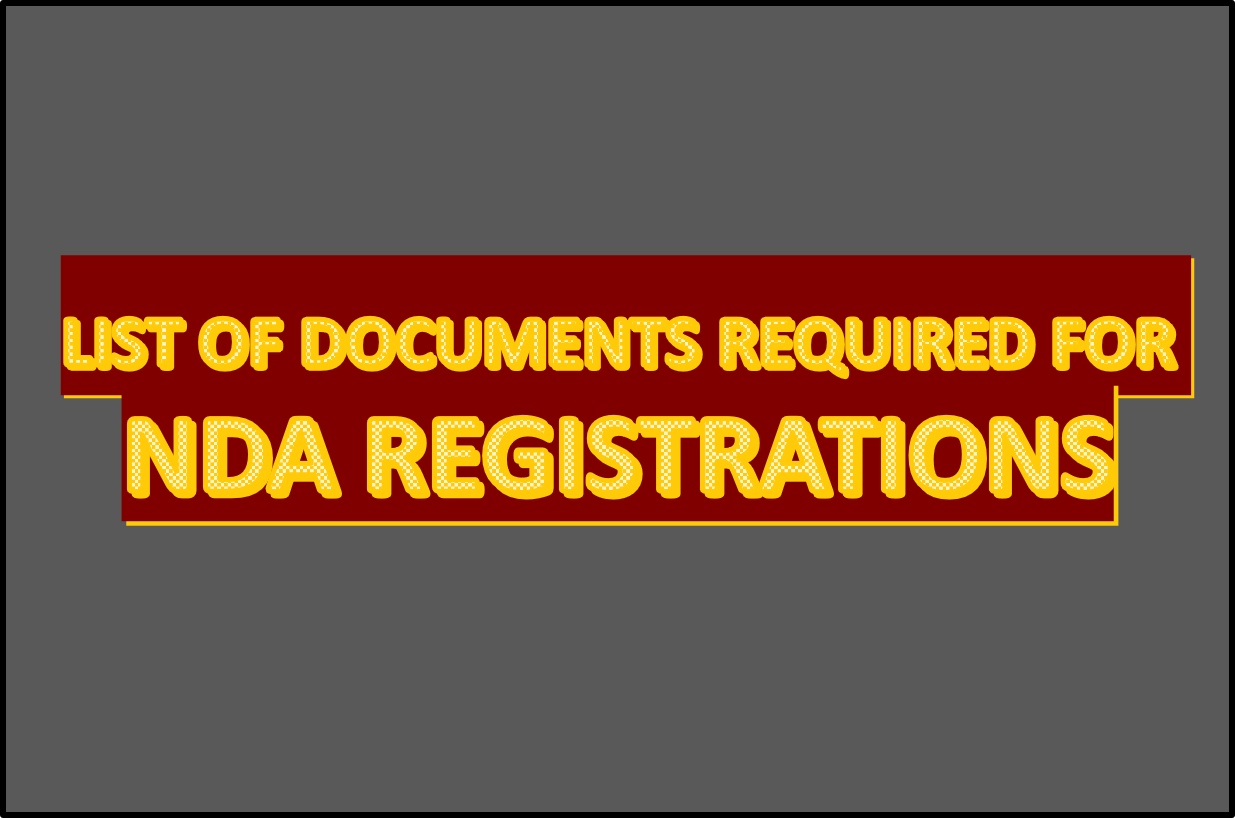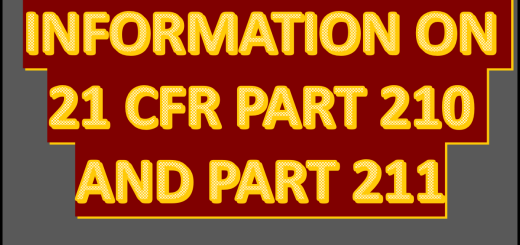NDA Registration: List of documents Required.

This article Includes List of required documents for NDA Registration for drug product formulations.
What is mean by NDA (New Drug Application)?
A New drug application (NDA) is a request submitted to the United States Food and Drug Administration (FDA) for permission to market and sell a new pharmaceutical product in the United States.
The NDA contains information about the drug’s safety, efficacy, chemistry, manufacturing, and controls. The FDA reviews the NDA and determines whether the drug is safe and effective for its intended use.
If the FDA approves the NDA, the drug can be marketed and sold in the United States. The NDA is a crucial step in the drug development process and is required for all new drugs seeking FDA approval for commercialization in the US.
List of Documents Required for Registrations of New Drug Application (NDA) :
Below are the List of Documents Requirement for NDA Registrations :
- Research and development communication for license application.
- Research and development manual and PDCL
- Research and development batch data along with product development report.
- New bulk code, product code, pack code application for NDA products
- Three regulatory batches to be manufactured one batch to be packed completely and retained in BSR.
- For other two batches only stability samples to be packed. The rest of the quantity from these batches can be diverted as per market requirement. (Batch size preferably same as first batch or minimum 1,00,000 units.
- Exhibit batch size should be more than 1,00,000 Nos.(minimum quantity to be packed 1,00,000 Nos tablets)
- Minimum batch size for ANDA, NDA & NADA should 1.00 L packed units or 1/10 of commercial batch size.
- All API & excipients should be as per USP /NF if official in pharmacopoeia.
- Product name should be in generic name.
- FDA license & DCGI permission.
- Purified water USP to be used if required.
- In case of Opadry formulation DMF No required.
- For proposing exhibit batch size optimum occupancy should be consider during selection of equipment.
- Proposal for scale up (Pre ANDA) batch, ANDA and commercial batch size.
- Tooling drawings: Punches, change parts packing machine.
- Comparative equipments chart for scale up, exhibit and proposed commercial batch.
- Pack split up.
- List of equipments and their qualification/ calibration status to be checked before taking exhibit batch.
- Computer generated sticker label approved by PRC & Party.
- Comparison of in process checks & process parameters between scale up batch, exhibit batch and commercial batch.
- Primary packing material like container & closure to be released as per USP 661 & 671.
- Assessment protocol of scale up/exhibit batch and proposed commercial batch.
- Assessment report of scale up/exhibit batch.
- Assessment flow sheet.
- Approved supplier list and vendor list
- CGMP certificate of out side testing laboratory.
- Product review report
- Generic drug environment act statement.
- Brief description of manufacturing facility along with process flow sheet.
- Technical agreement with party.
- Hold time study protocol /report /data
- Product assessment summary
- TSE/BSE Certificates of all excipients.
- Material safety data sheet.
- Master manufacturing formula (MMF) .
- Master packing formula (MPF)
- Master BMR / BPR of exhibit & commercial batch.
- cGMP certificate for API as well as finished product.
- Raw Material specification.
- Released finished product specification.
- Stability finish product specification.
- Packing material specification.
- (HDPE bottle, CRC caps non-CRC cap, silica gel bag, polybag, drum.
- Raw material certificate of analysis
- Finished product certificate of analysis.
- Blend specification, Uncoated coated.
- Packing material COA.
- Analytical method validation
- Assay (HPLC), Uniformity of dosage units, dissolution, related substances, forced degradation study.
- Analytical method validation (API)
- Chromatography purity, assay, residual solvent, particle size, forced degradation study & other tests.
- Other documents:
- Well-labeled chromatograms of identification test, related substances analysis.
- Working standards used in ANDA batch of API & finished product.
- Three month stability data at room temperature and accelerated for all pack and all strength.
- Comparative profiling for dissolution in three media, content uniformity, assay.
- Pre- approval and post approval stability protocol.
- Blank stability chart for all packs.
- Excipients manufacture COA’s.
- Letter of access of primary container and API.
- Stability conditions:
- Long term: 30°C ± 2°C / 75 ± 5% RH (Samples also to be incubated at 30°C ± 2°C / 65 ± 5% RH and 25°C ± 2°C / 60% ± 5% RH).
- If significant change observed at 30°C ± 2°C / 75% ± 5% RH then samples to be analyzed at 30°C ± 2°C / 65 ± 5% RH.
- If significant change observed at 30°C ± 2°C / 60% ± 5% RH then only samples from 25°C ± 2°C / 60 ± 5% RH condition to be monitored.
- If significant change observed at 25°C ± 2°C / 60 ± 5% RH then only samples from 2 to 8°C condition to be monitored.
- Accelerated conditions: 40°C ± 2°C / 75% ± 5% RH (Interval 1,2,3 & 6 months i.e. 4, 8, 12 weeks & 6 month only for reference)
- Samples to be stored in primary and secondary packing components.
- All samples related to API & finish product should be retained until one year past the expiry date or till first FDA inspection following approval of NDA or which ever is maximum.
- Ensure all drug substance and excipient component of the drug product have residual solvent acceptance limits that fall with ICH or Ensure all drug substance and excipient component of the drug product weighted by their amount in drug product and cumulative daily exposure within ICH limit. Ensure via direct testing of the drug product falls within the ICH limit



